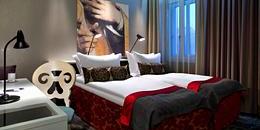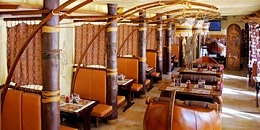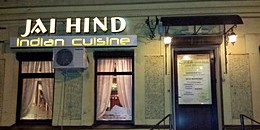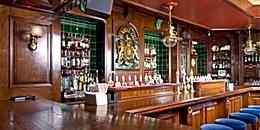Mansion of Baron Kelch
This mansion, built for Alexander Kelch, in his day one of Russia's richest men, was designed by three different architects each of whom contributed their own ideas and solutions. The splendid facade takes its inspiration from French Renaissance models, the courtyard is predominantly Gothic, the servants' quarters are art nouveau, while the interiors opt for the ornate luxury of baroque and rococo. All of this was put together in 1903, making the Kelch Mansion an archetypal example of the turn-of-the-century trend for eclecticism in Russian architecture, especially in St. Petersburg.

Previously on the same site had stood a two-storey baroque mansion that belonged to the Greek Consul Grigori Kondoianaki. In 1896, the house was bought by Alexander Kelch and his wife Barbara (nee Bazanova). Kelch was the younger son of St. Petersburg nobility of German origin, while Barbara, the widow of Alexander's elder brother Nikolay, was heiress to the Bazanov family, Muscovite merchants whose Siberian holdings included claims in the Lena River goldfields and the Lena-Vitimsk Ferry Company. It was her vast fortune that allowed the new owners to completely rebuild the mansion as they wished. They employed the Russian architects Vasiliy Shene and Vladimir Chagin, and later the talented German Karl Schmidt. The trio created a remarkable architectural ensemble combining the main building, the courtyard wings and outbuildings.

The immense wealth of the Kelchs was reflected in the architecture of the building. The striking street-facing facade is crowned with a tent-roofed tower decorated with sculptures, a Gothic arch leads through to the back courtyard. The courtyard contains an open-work and the bare red-brick mews. The interiors of the mansion are particularly richly decorated, among them the Gothic Dining Room with stained glass windows, the formal staircase with marble banisters, the magnificent ballroom, and the massive fireplace in the study. Every room was filled with exquisite candelabras, sculptures and ornaments. The Kelchs had a collection of Faberge eggs that was second in number and value only to that of the Romanovs, and the Yellow Sitting Room still contains cabinets specially designed to display them.
The Kelchs divorced in 1915, by which time Barbara was already living in Paris, having taken her jewel collection with her. Alexander remained in Russia, and married again, but the mansion was "nationalized" by the Bolsheviks in 1917 and, after working for a time selling cigarettes and filling various minor clerical roles in metallurgical organizations, he was eventually arrested in 1930 and disappeared in the Gulag system.
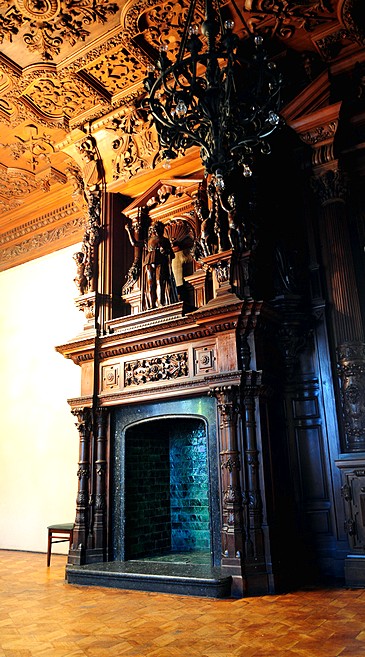
The mansion meanwhile was turned into the School of Screen Art - the first educational establishment in the world to teach the art of cinema, training both actors and directors. In 1936 the building was taken over by the Dzerzhinsky District Committee of the Communist Party. During the Second World War, the building was damaged by shelling, but later restored. In 1998 the mansion was handed over to the law faculty of St. Petersburg State University.
Today, there is a restaurant called Kollegiya operating in the basement of the mansion, while the reception rooms can be visited as part of an organized tour.
| Address: | 28, Ulitsa Chaykovskogo |
|---|---|
| Metro: | Chernyshevskaya |
| Getting there: | Turn left out of the metro station exit onto Prospekt Chernyshevskogo. Turn right up the boulevard and take the second turning on the left onto Ulitsa Chaykovskogo. The mansion is on your left at the end of the first block. (10 minutes) |
| What's nearby? | Liteyny Prospekt, Shpalernaya Ulitsa |

